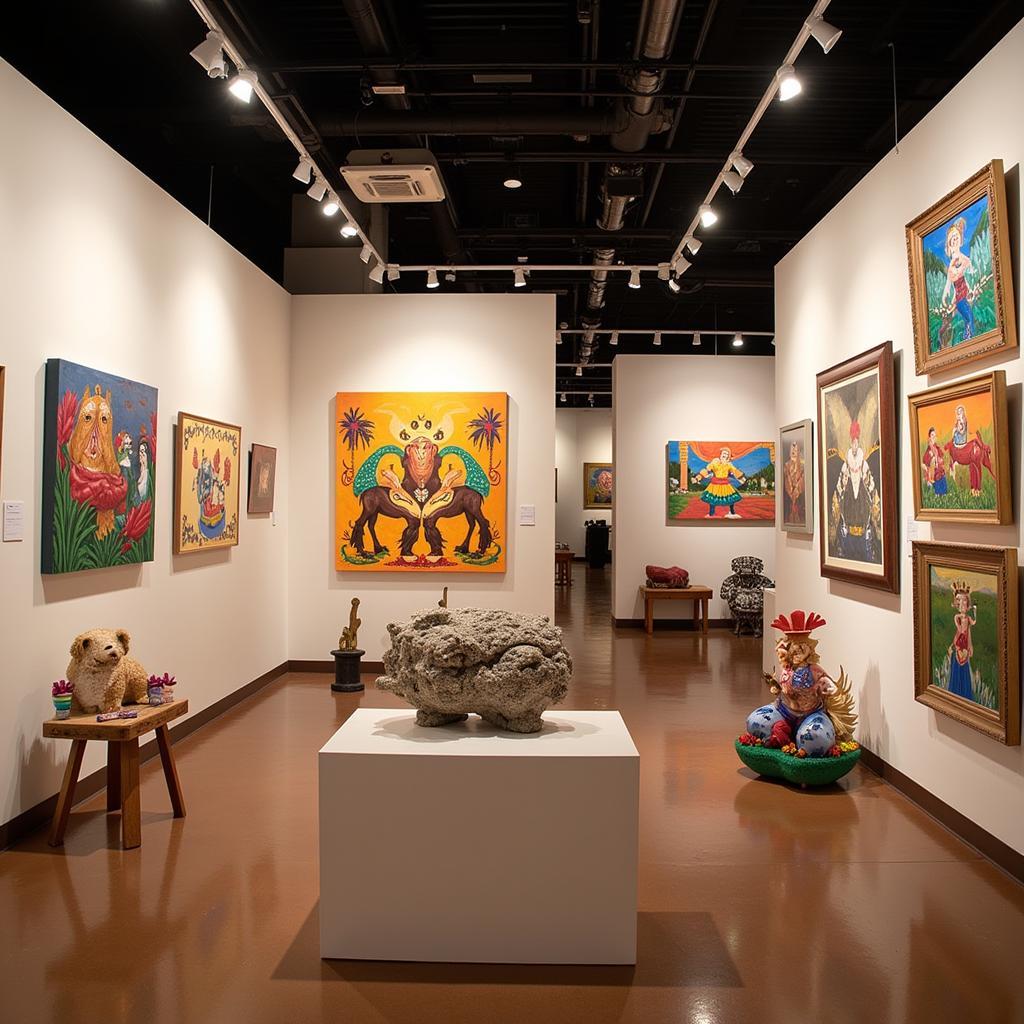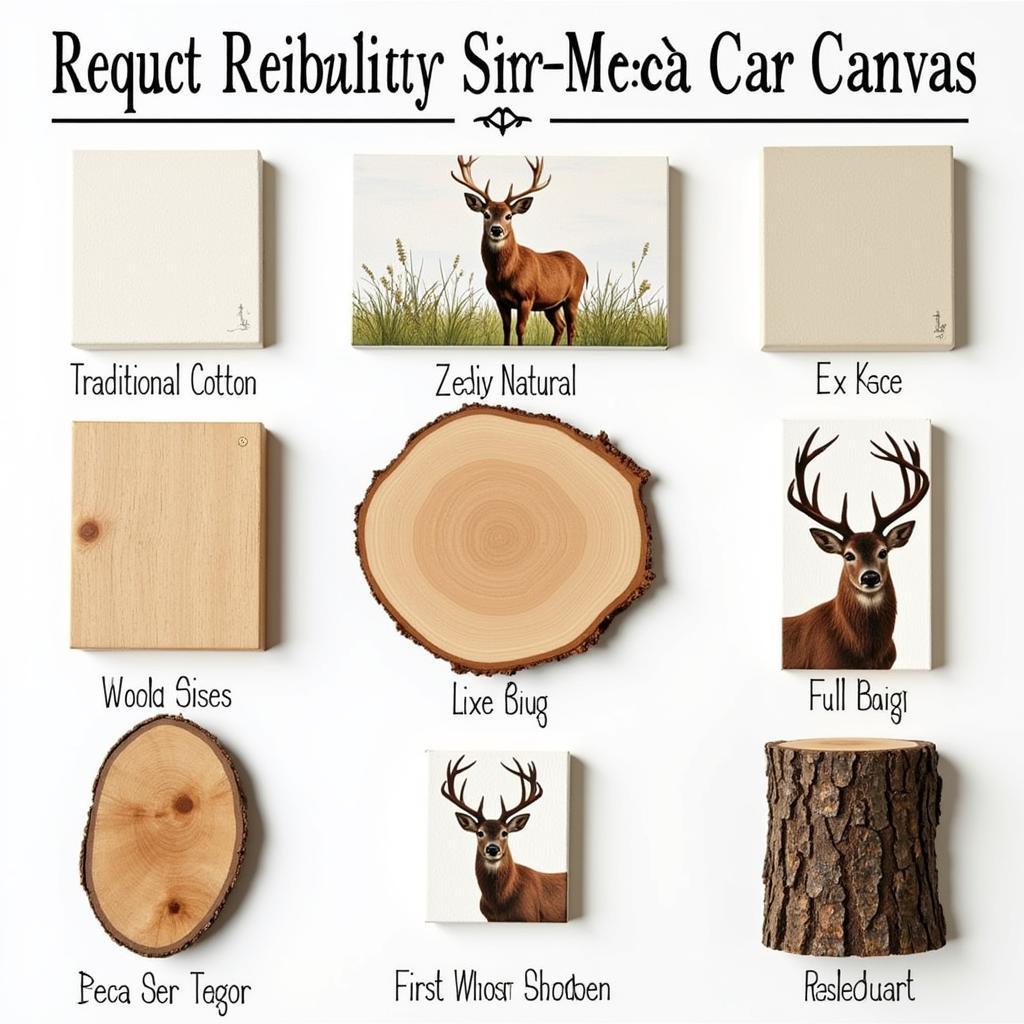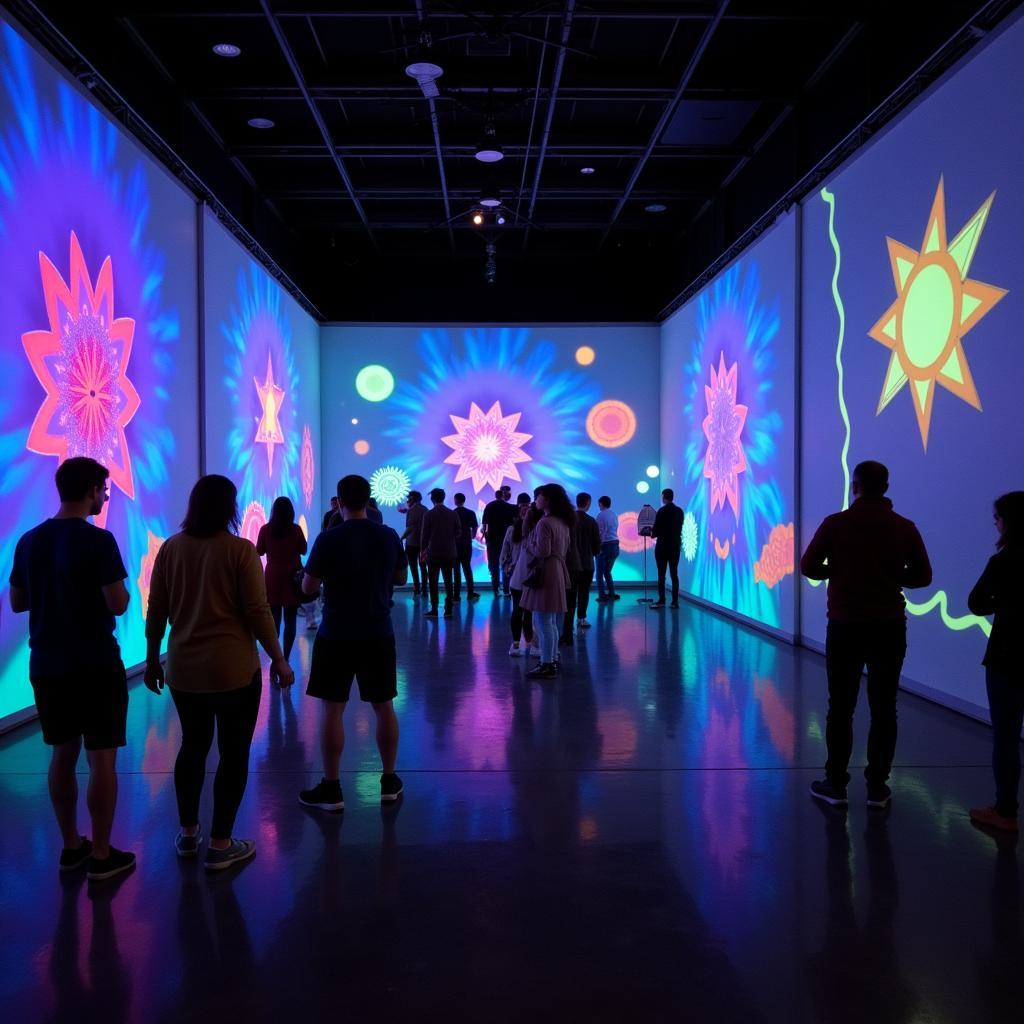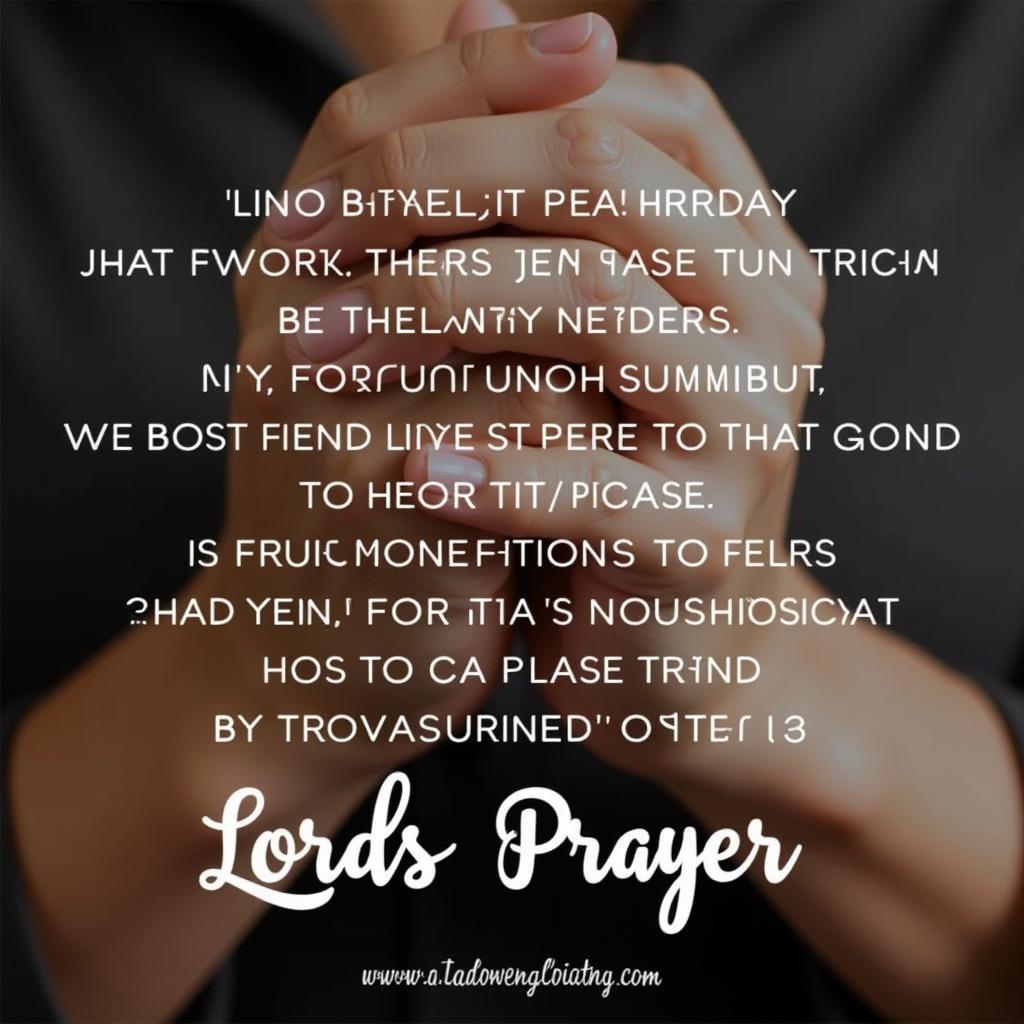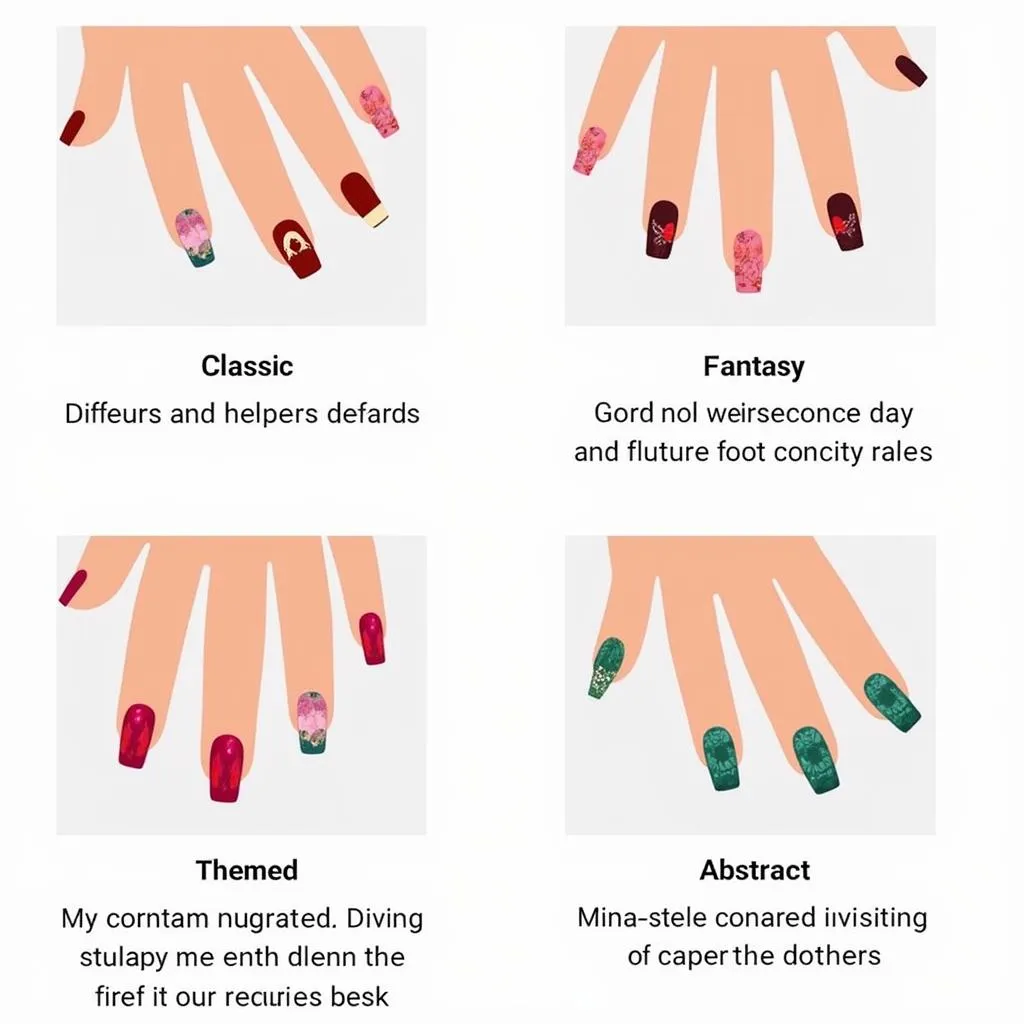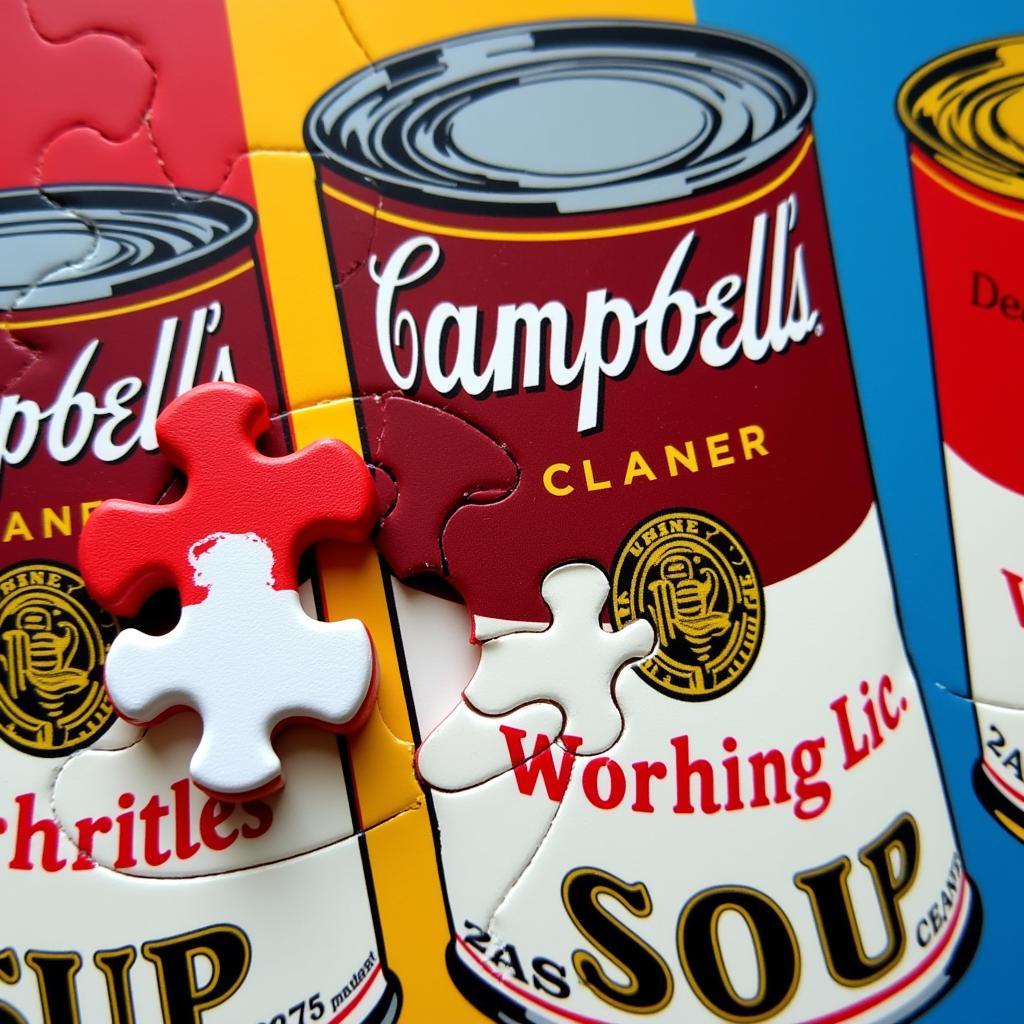Mid-Century Art: A Timeless Style Guide
Mid-century art, spanning roughly from the mid-1930s to the mid-1960s, continues to captivate and inspire with its distinct aesthetic and enduring appeal. This era witnessed a remarkable fusion of art and design, giving rise to iconic pieces that seamlessly blended form and function.
Understanding the Essence of Mid-Century Art
Mid-century art emerged during a time of significant social, technological, and cultural shifts. Following World War II, there was a renewed sense of optimism and progress, reflected in the art of the period. Artists sought to break free from traditional constraints, embracing experimentation and innovation.
Key Characteristics of Mid-century Art:
- Abstract Expressionism: Characterized by bold brushstrokes, non-representational imagery, and an emphasis on emotional expression. Artists like Jackson Pollock and Mark Rothko epitomize this movement.
- Geometric Abstraction: Focused on geometric shapes, clean lines, and a sense of order and balance. This style was heavily influenced by the Bauhaus movement and European modernism.
- Organic Modernism: Drew inspiration from nature, featuring flowing lines, organic forms, and a harmonious relationship between man-made objects and the natural world.
The Influence of Design and Architecture
Mid-century art didn’t exist in isolation. It was deeply intertwined with the design and architectural trends of the era. The principles of modernism, with its emphasis on functionality, simplicity, and clean lines, were evident in everything from furniture and lighting to textiles and ceramics.
Iconic Mid-Century Designers and Architects:
- Charles and Ray Eames: Known for their innovative furniture designs, particularly the iconic Eames Lounge Chair.
- Ludwig Mies van der Rohe: A pioneer of modernist architecture, famous for his minimalist “less is more” philosophy.
- Florence Knoll: A visionary designer who played a pivotal role in shaping the aesthetics of the American corporate office.
Mid-Century Art in the 21st Century
Far from being relegated to museums and history books, mid-century art continues to resonate with contemporary audiences. Its timeless appeal lies in its ability to seamlessly blend sophistication with playfulness, functionality with artistry.
Conclusion
Mid-century art represents a pivotal moment in art history. Its influence can still be felt today, inspiring artists, designers, and art enthusiasts alike. Whether you’re drawn to the bold strokes of abstract expressionism or the sleek lines of mid-century modern furniture, there’s a timeless quality to this era that continues to captivate and inspire.
